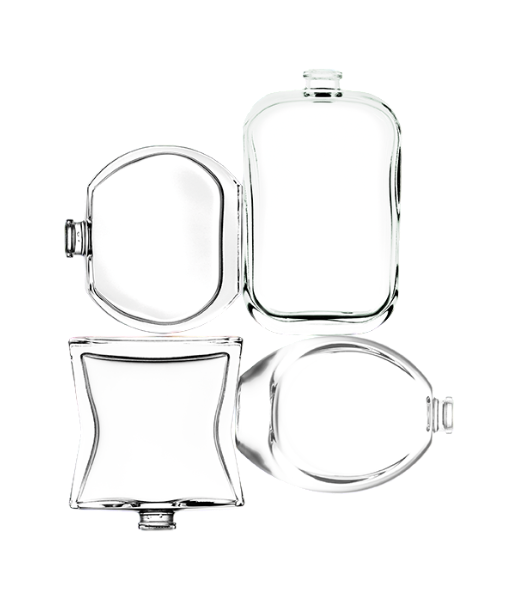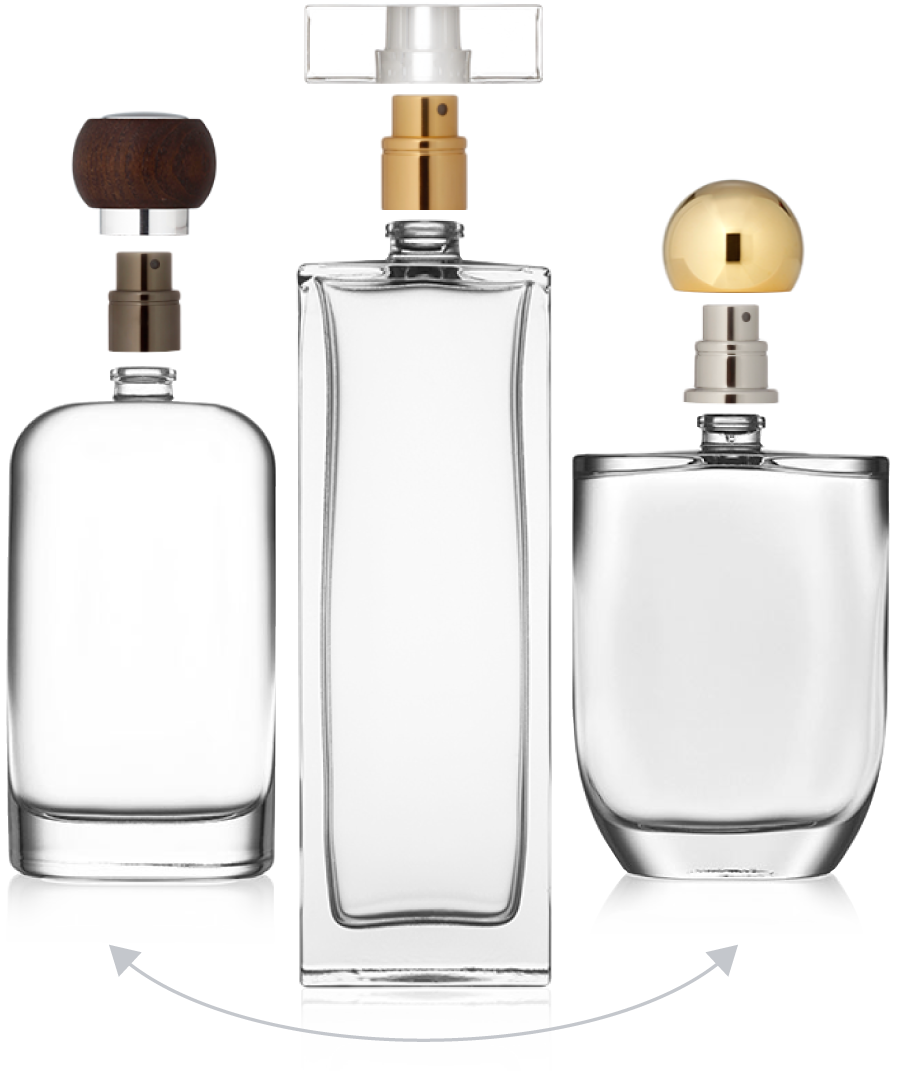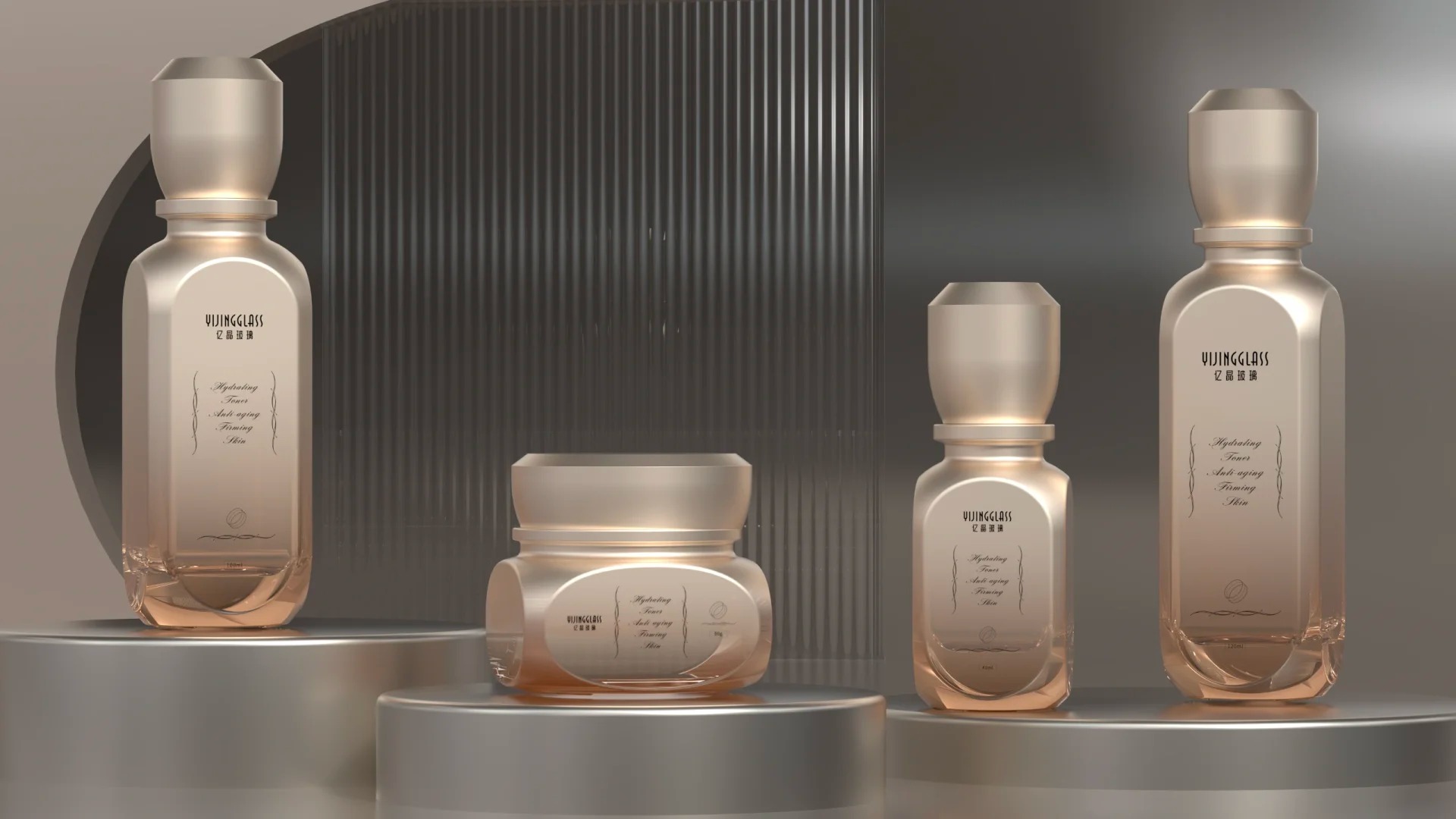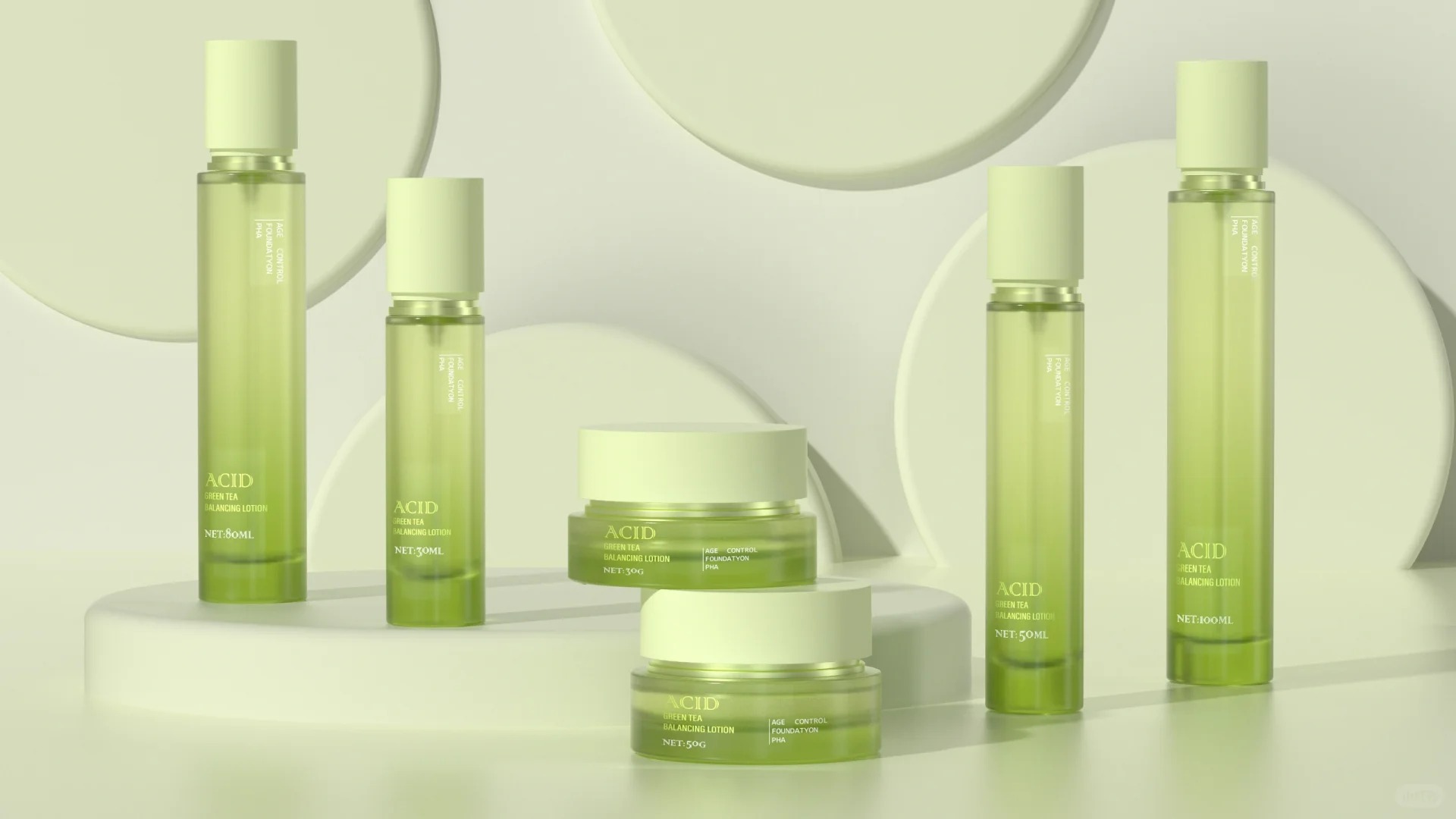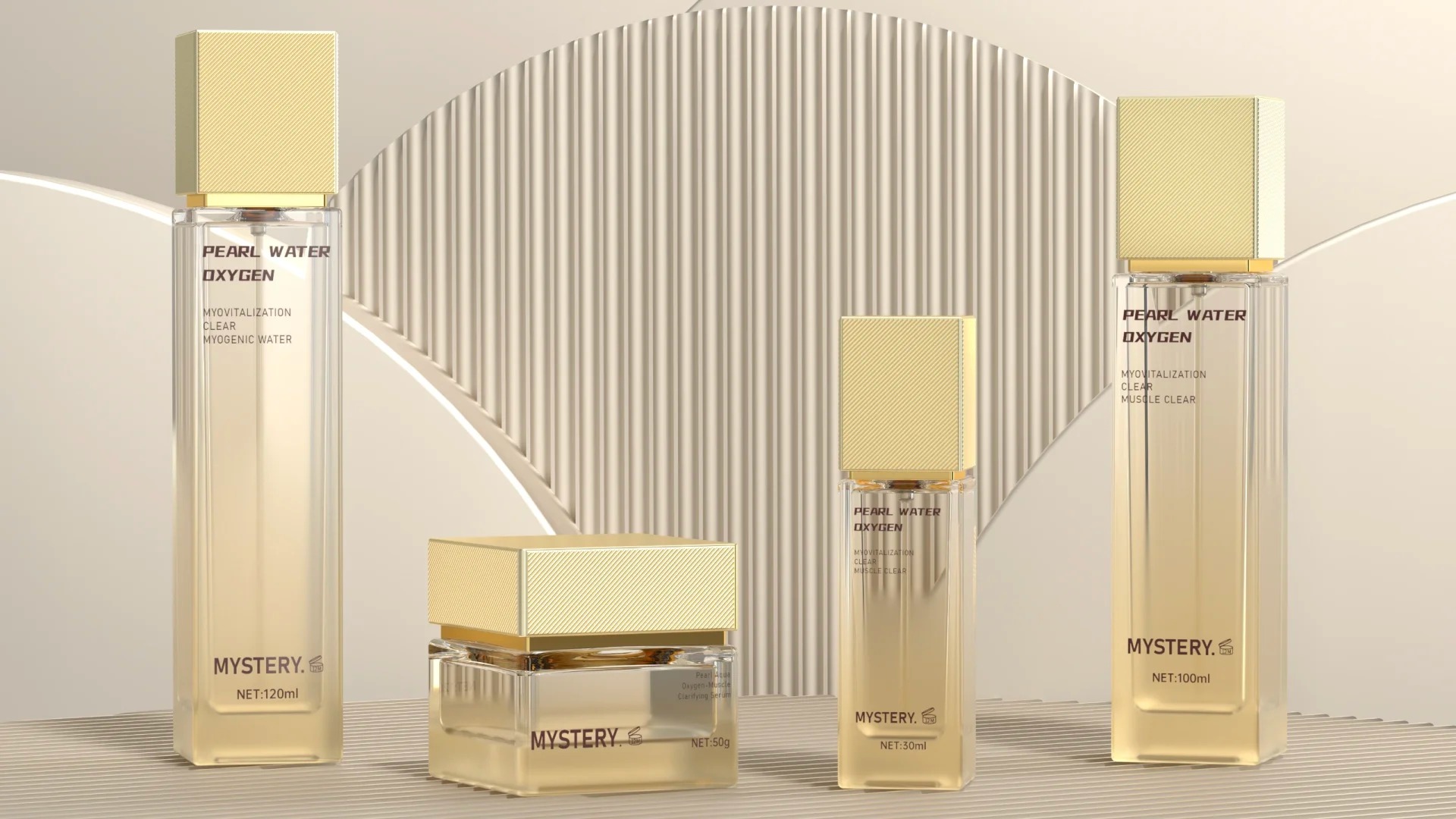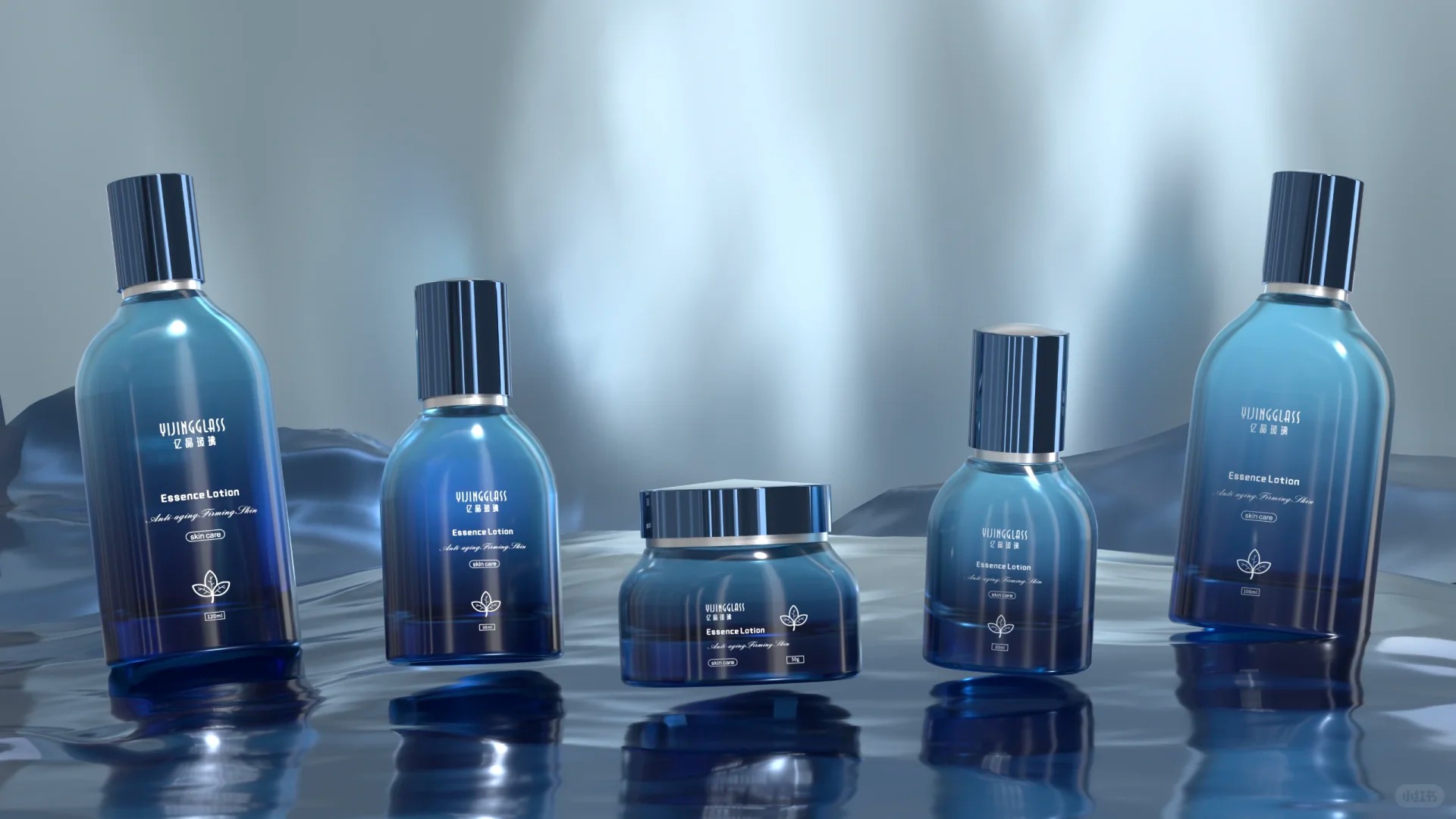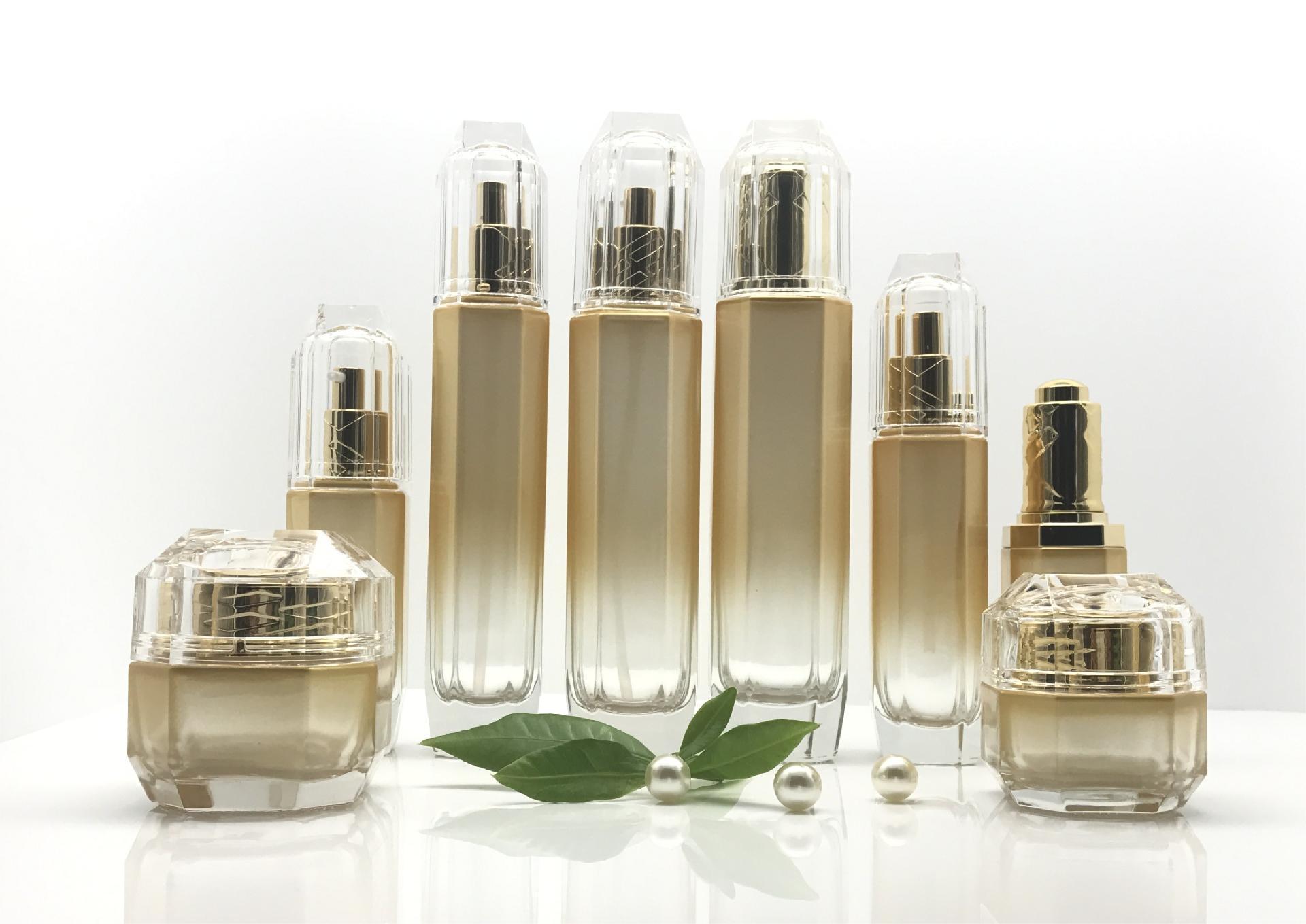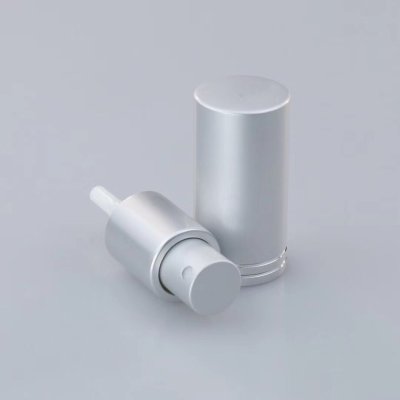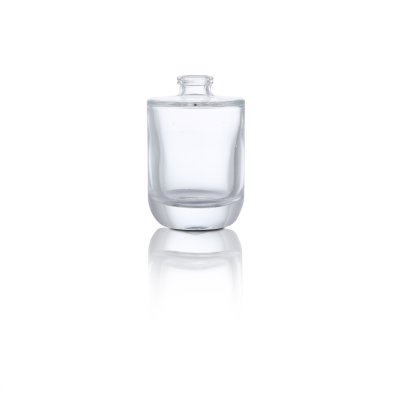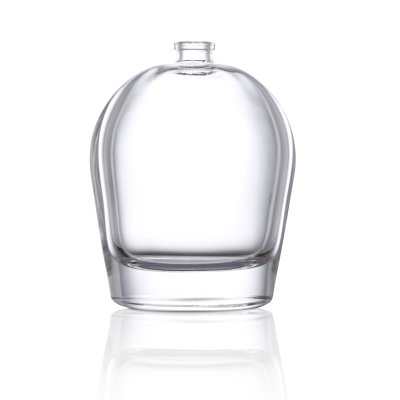Collect This! Some Basics About Cosmetic Glass Bottles
The success of a cosmetic product depends not only on its efficacy but also on whether its appearance design can immediately catch the consumer's attention. However, many cosmetics brands have limited knowledge about packaging materials when choosing their product packaging. To make your brand stand out at first glance, it is crucial to select the right packaging and a perfect design.
I. Advantages of Glass Bottles
In the world of cosmetic packaging, glass bottles are increasingly recognized due to their distinct features. The main reasons for using glass bottles include:
Non-toxic and Harmless Material: Glass is lead-free and has excellent barrier properties, effectively preventing oxidation and the evaporation of volatile components.
Recyclability: Glass bottles can be recycled multiple times, reducing packaging costs for companies and benefiting the environment.
Transparency and Aesthetics: The transparency of glass allows consumers to clearly see the contents, conveying a sense of quality and luxury.
Safety and Hygiene: Glass bottles are non-toxic and resistant to corrosion and acid erosion, providing unique packaging advantages for the cosmetics industry.
II. Application of Glass Bottles in Cosmetics (Cream Jars, Essence Bottles, Toner Bottles, Essential Oil Bottles)
Glass bottles used in cosmetics are primarily divided into categories such as skincare (creams, lotions), foundations, perfumes, essential oils, and nail polishes. Containers larger than 200ml are rarely used for cosmetics.
Glass bottles are divided into wide-mouth and narrow-neck bottles.
Solid creams typically use wide-mouth bottles, often paired with aluminum or plastic caps that can be color-coated. Cream jars and mask jars commonly use wide-mouth bottles.
Emulsions or aqueous gels generally use narrow-neck bottles, ideally equipped with pumps. If a cap is used, an inner seal must be added to prevent leakage. Small-hole inner seals are used for water-based products, while large-hole inner seals are used for thicker emulsions.
Essential oil bottles usually feature amber or colored frosted glass, which provides light protection. The caps have safety seals and can be paired with inner seals or droppers. Perfume bottles typically come with fine mist spray pumps or plastic caps.
The following are common combinations:
Cream Jar Series: Glass bottle + double-layer plastic outer cap (typically 10g-50g capacity)
Essence Series: Glass bottle + plastic pump or electroplated aluminum pump (typically 20-100ml capacity)
Toner Series: Glass bottle + plastic inner seal + outer cap (over 100ml, some with pumps)
Essential Oil Series: Glass bottle + inner seal + large cap or rubber stopper + dropper + electroplated aluminum cap
III. Processing Techniques for Cosmetic Glass Bottles
Coloring Techniques
Electroplated Aluminum: An aluminum surface layer wrapped around the inner plastic.
UV Electroplating: Compared to spray coating, the result is brighter.
Spray Coating: Compared to electroplating, the color is matte.
Laminate Gold/Silver: Essentially a film; careful observation reveals seams on the bottle body.
Double Oxidation: A second oxidation layer is applied over the original one to create a pattern where glossy areas overlay matte areas or vice versa, often used for logos.
Injection Coloring: Colorants are added during injection molding, which is relatively inexpensive. Pearlescent pigments can also be added, but adding titanium dioxide will turn transparent PET into opaque.
Printing Techniques
Silk Screen Printing: One type uses high-temperature ink, which is less likely to fade and has a duller color. Purple coloring can be challenging. Another type uses low-temperature ink, which is brighter but requires higher-quality ink to prevent peeling. Special attention should be paid to bottle sterilization.
Hot Stamping: A thin paper layer is stamped onto the surface, lacking the embossed feel of silk screen printing.
Water Transfer Printing: Performed in water, this irregular printing technique produces inconsistent patterns and is more expensive.
Heat Transfer Printing: Often used for large quantities and complex prints, it involves attaching a film to the surface, which is more expensive.
Offset Printing: Commonly used for aluminum-plastic tubes and all-plastic tubes. If the tube is colored and white printing is needed, silk screen printing should be used instead, as offset printing may allow the base color to show through. Sometimes a glossy or matte coating is added to the tube surface.
IV. Ordering and Transport of Cosmetic Glass Bottles
The production cycle for glass bottles is relatively long, taking at least 20 days and up to 45 days. Typical order quantities range from 5,000 to 10,000 units. The smaller the bottle, the larger the order quantity required. Production and minimum order quantities are influenced by peak and off-peak seasons. For transport, each bottle should be individually packaged with paper or foam and accompanied by internal trays and intermediate boxes to prevent damage during transit.

